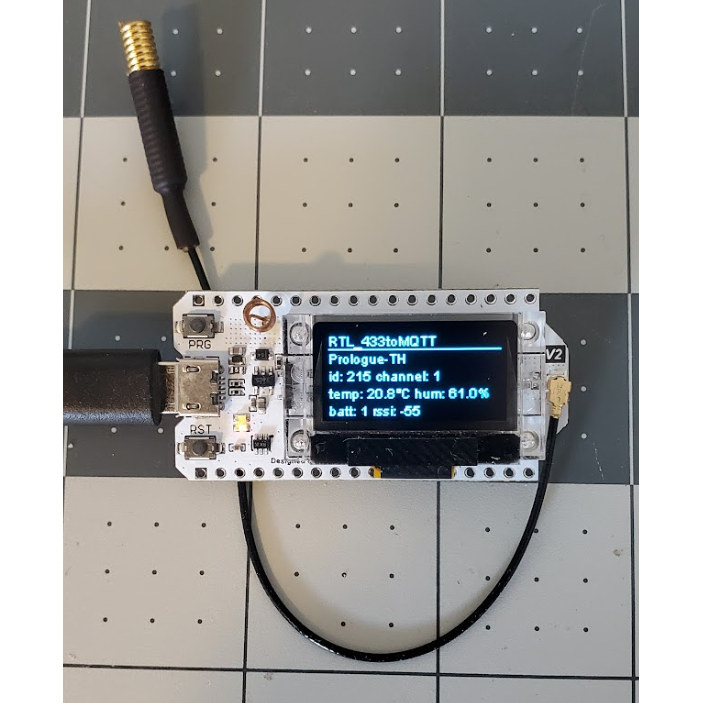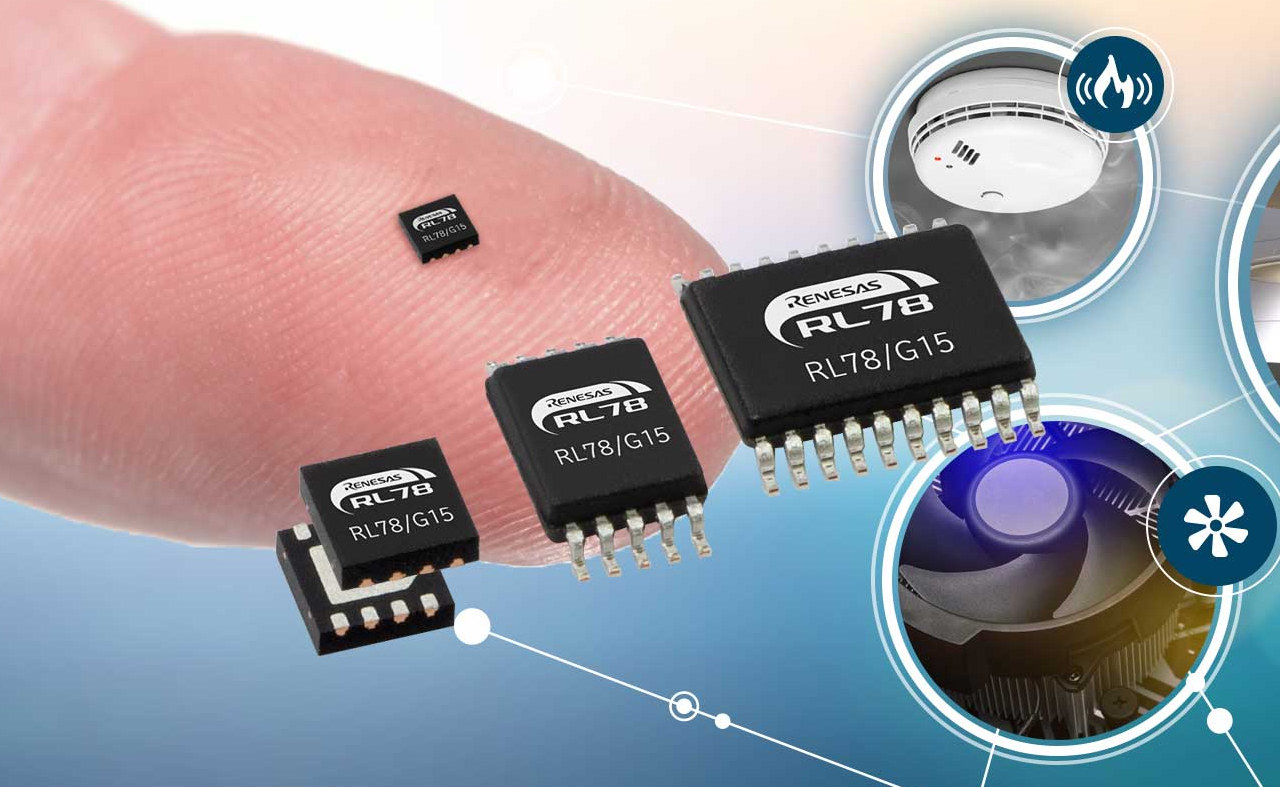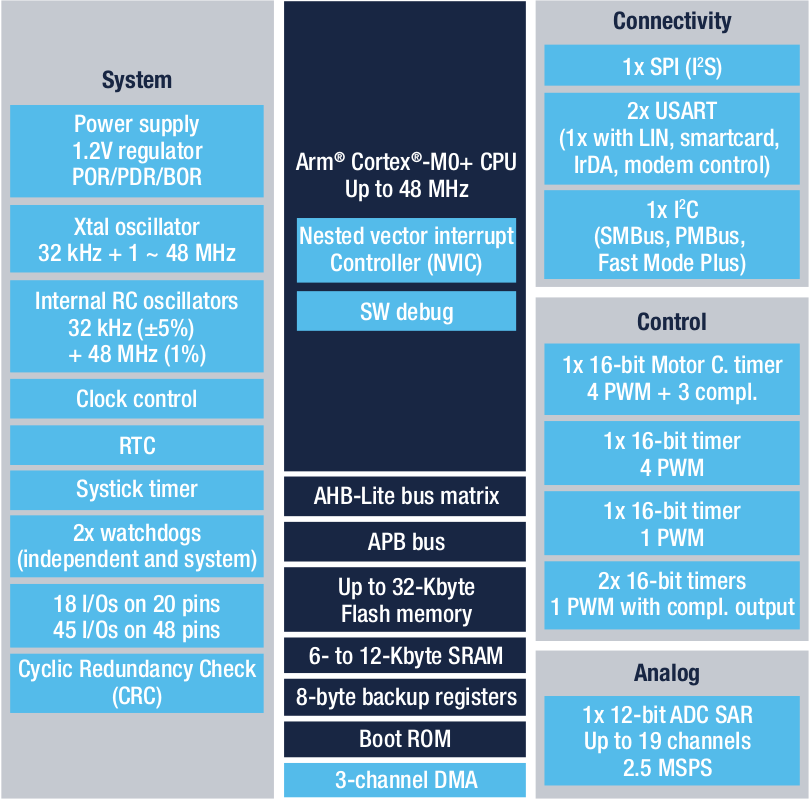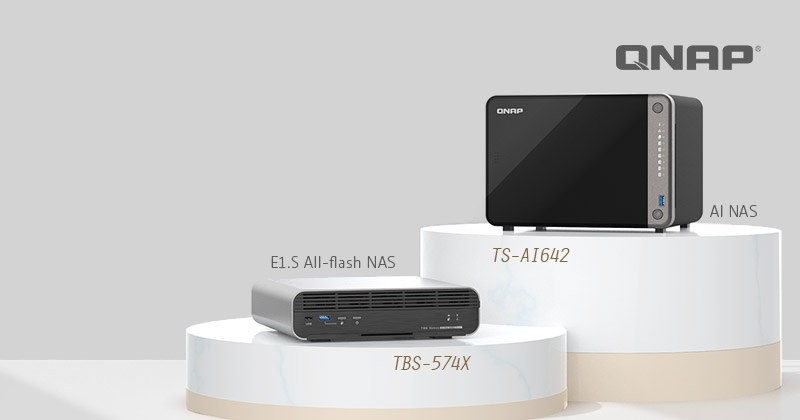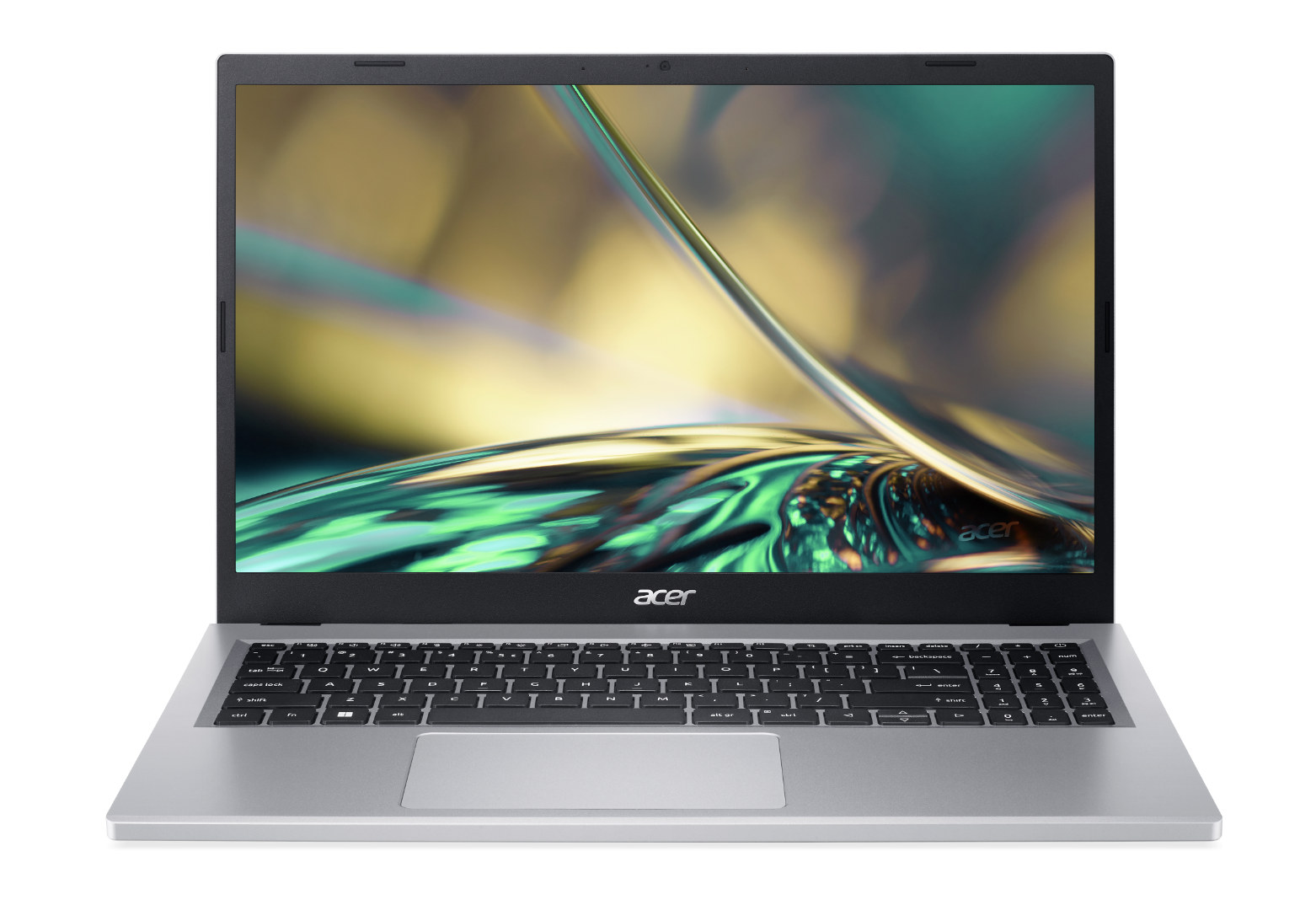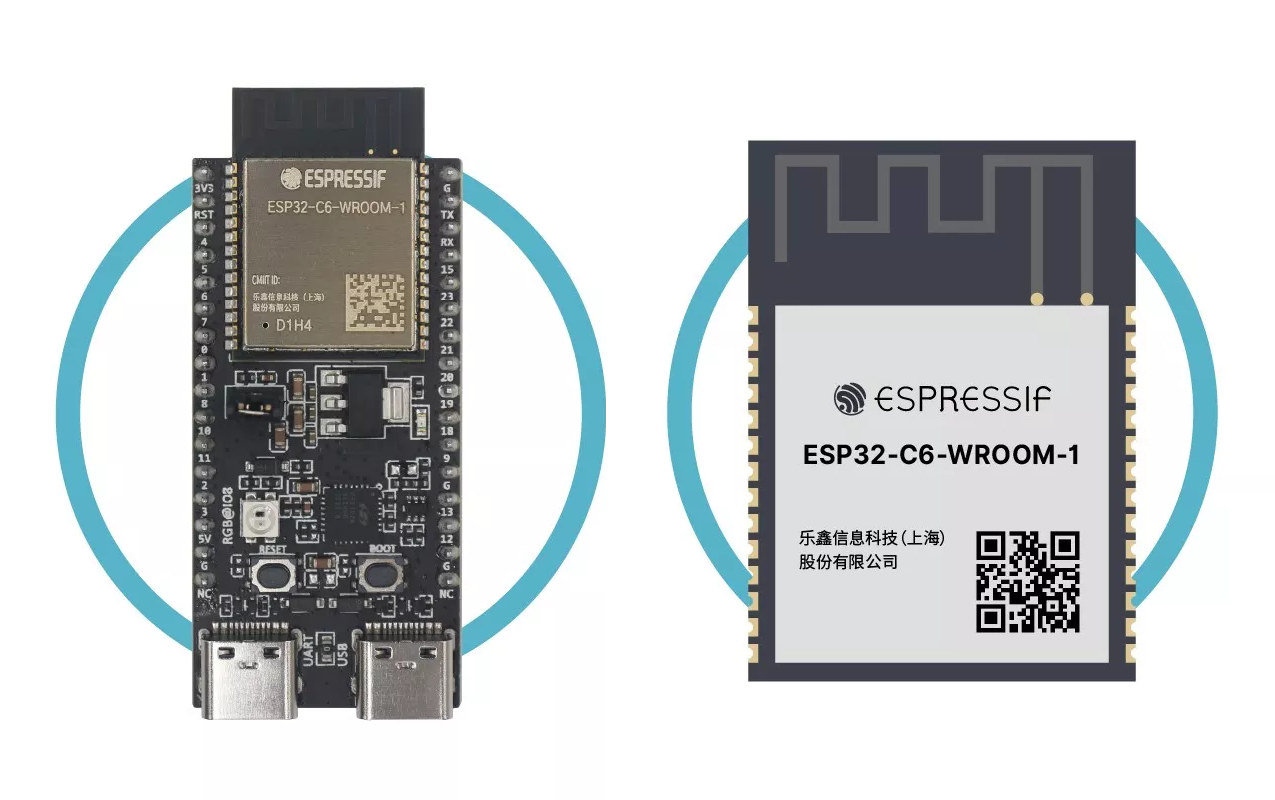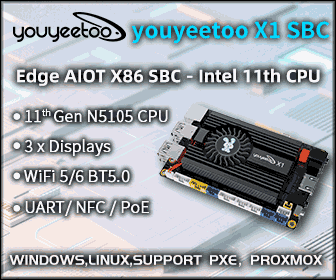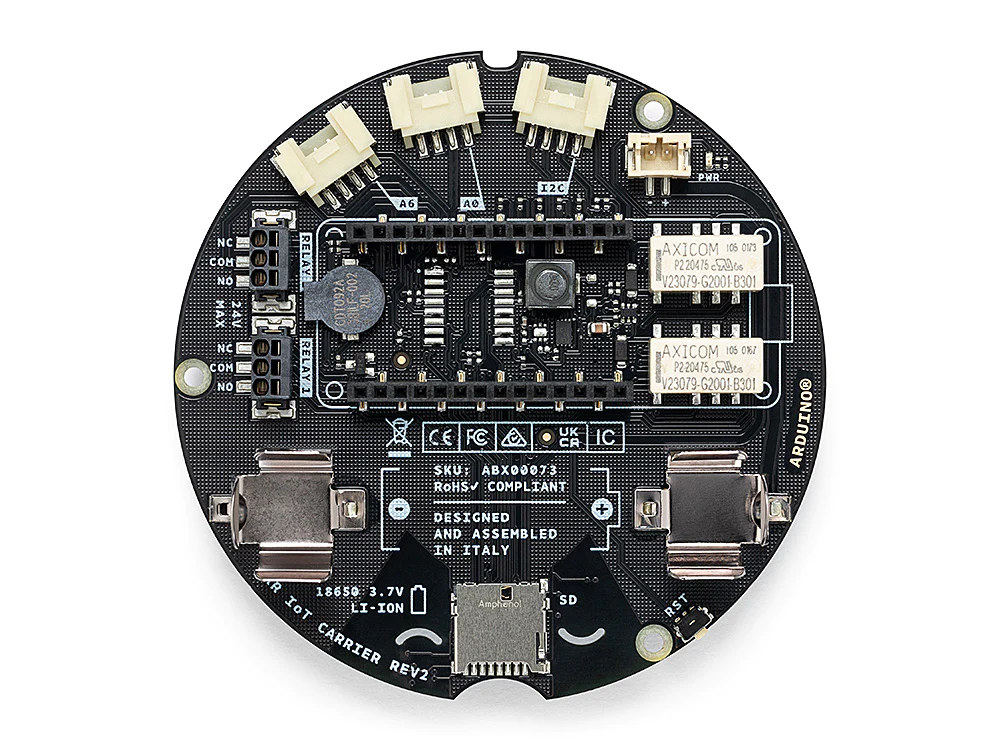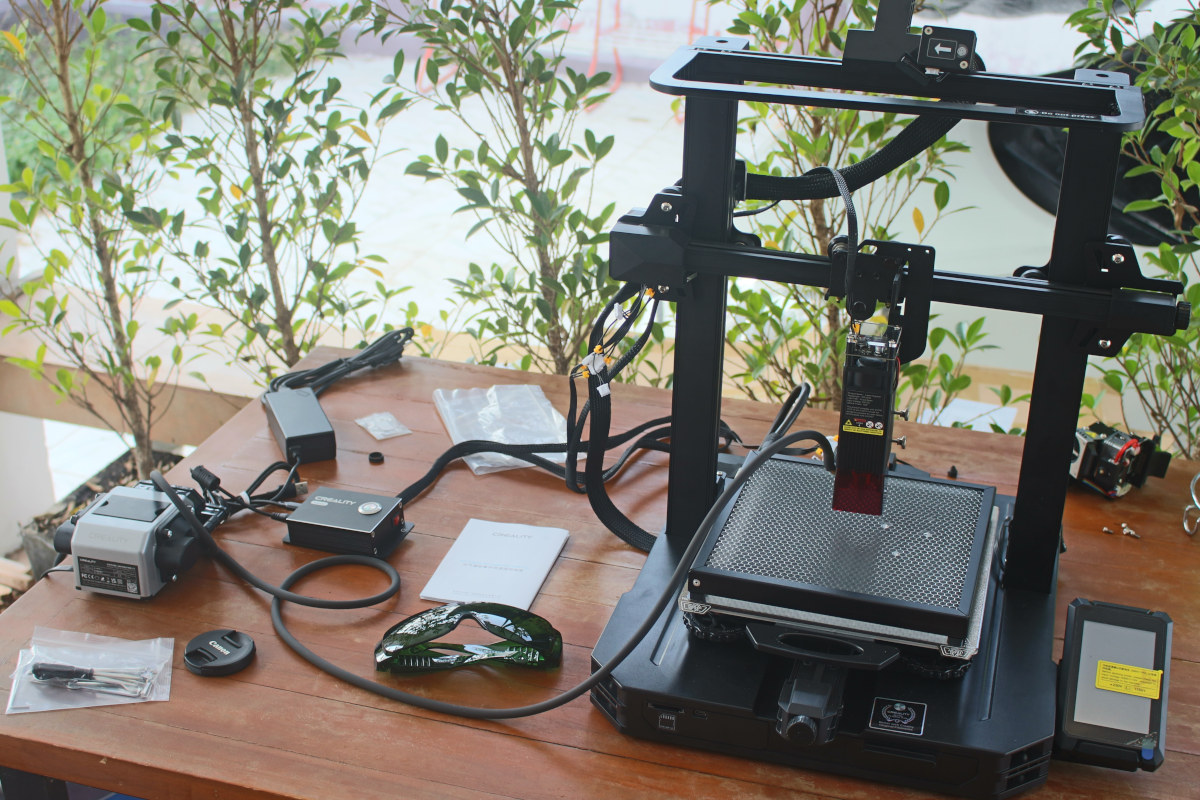CNXSoft: This is a guest post by Florian Robert (1technophile) of the OpenMQTTGateway project about using a 433 MHz LoRa transceiver on an ESP32 board for home automation, specifically to talk to 433 MHz sensors Everyone is talking about Matter, Bluetooth, Zigbee, and Zwave, but before these complex communication technologies, we had one simple, robust one that our sensors and devices used to leverage: 433MHz. It may be too simplistic to talk about 433 MHz as a technology as there are different and various usages of this frequency. You can find it being used in numerous devices around your home, from your outdoor temperature sensors, and security sensors to the tire pressure sensors in your car. If we want to be specific, we can talk about the different radio frequencies (433 MHz, 915MHz, 868MHz, 315MHz, or 350MHz) and signal modulations OOK, ASK, FSK that we encounter behind the keyword 433MHz. […]
Renesas RL78/G15 8-bit MCU is offered in a 3x3mm package
Renesas Electronics RL78/G15 is an entry-level 8-bit microcontroller with 1 KB of SRAM, 4 or 8KB of code flash memory, and offered in package sizes ranging from 8 to 20 pins, down to an 8-pin device measuring just 3×3 mm. STMicro has just unveiled the STM32C0 32-bit microcontroller claiming “your next 8-bit MCU is a 32-bit” with packages from 8- to 48-pins and packages as small as 1.70 x 1.42 mm and 3x3mm, and a price similar to other 8-bit industrial microcontrollers. To that, I say “not so fast STMicro!”, as Renesas has just launched the 16 MHz RL78/G15 8-bit microcontroller family with many of the same features and target use cases as the STMC32C011 sub-family. Renesas RL78/G15 key features and specifications: CPU core – Renesas RL78 8-bit core @ up to 16 MHz Memory – 1NS SRAM, Storage – 4 to 8KB program flash, 1KB data flash Peripheral I/F […]
Low-cost STM32C0 32-bit microcontroller aims to displace 8-bit MCUs
8-bit MCUs are still found in many designs, but with the new low-cost 48MHz STM32C0 32-bit Arm Cortex-M0+ microcontroller, STMicroelectronics aims to displace 8-bit microcontrollers thanks to “a limited impact on the cost structure” and the improved support provided by the STM32 ecosystem. The cheapest ever STM32 microcontroller offers up to 32 KB flash, 6 or 12 KB RAM, and I/O interfaces such as UART, I2C, SPI, 12-bit ADC, and so on. The STM32C0 MCUs are available in 8- to 48-pin packages such as WLCSP12, UFQFPN, and the ridiculously tiny 1.70 x 1.42 mm WLCSP12 package. STMicro STM32C0 key features and specifications: MCU Core -Arm 32-bit Cortex-M0+ CPU @ up to 48 MHz Memory – 6KB (STM32C011x4/x6) or 12KB (STM32C031x4/x6) SRAM with HW parity check Storage – 32KB flash with protection Peripheral interfaces Up to 45x fast I/Os some of which are 5V tolerant; Note: up to 18x fast I/Os […]
QNAP preps Rockchip RK3588 AI NAS and Intel NAS with hot-swappable E1.S SSDs
QNAP has been teasing two potentially interesting NAS coming up soon: the TS-AI642 AI NAS leveraging the 6 TOPS NPU in Rockchip RK3588 Arm processor for image and facial recognition, and the TBS-574X NAS powered by an Intel Core i3-1220P Alder Lake CPU and taking up to five hot-swappable E1.S NVMe PCIe SSDs. Details are limited since neither device is available yet, but both NAS are equipped with relatively powerful Arm and Intel processors and offer some innovative features. QNAP TBS-574X NAS with Rockchip RK3588 Preliminary specifications: SoC – Rockchip RK3588 octa-core 64-bit Arm processor with 4x Cortex-A76 cores @ 2.2 GHz, 4x Cortex-A55 cores @ 1.8 GHz, 6 TOPS NPU Storage – 6x SATA III bays Video Output – 2x HDMI 2.1 ports Networking – Built-in 2.5GbE, PCIe Gen 3 slot for 10GbE module The main highlight is the 6 TOPS AI accelerator that boosts the performance of the […]
$480+ Aspire 3 laptop is powered by an Intel Core i3-N305 Alder Lake-N processor
Intel has just launched the Alder Lake-N processors and a duo of ACER Aspire 3 laptops are some of the first platforms to feature the Core i3-N305 octa-core processor, after the introduction of the MSI Cubi N ADL mini PC last week. Both models are equipped with 8GB RAM and a 256GB SSD, but the Aspire 3 A314-36P-360X comes with a 14-inch display while the Aspire 3 A315-510P-3905 features a 15.6-inch display both at Full HD (1920 x 1080) resolution. ACER Aspire 3 “Alder Lake-N” laptop specifications: SoC – Intel Core i3-N305 octa-core processor @ 1.80 GHz / 3.80 GHz (Turbo) with 32EU Intel UHD graphics @ 1.25 GHz; TDP: 15W System Memory – 8 GB LPDDR5 Storage – 256GB NVMe SSD Display A314-36P-360X -14-inch TN LCD display with 1920×1080 resolution, LED backlight A315-510P-3905 – 15.6-inch IPS LCD display with 1920×1080 resolution, LED backlight Audio – HD Audio, stereo speakers, […]
ESP32-C6 WiFi 6, BLE, and 802.15.4 module and development board launched!
Espressif Systems has finally launched the ESP32-C6 WiFi 6, Bluetooth 5.0 LE, and 802.15.4 IoT microcontroller by making the ESP32-C6-WROOM-1 module available on Aliexpress for $14.25 for a pack of 5 modules as well as the ESP32-C6-DevKitC-1 development board that’s out of stock on the official store at the time of writing. but somehow listed in another store for $16.22 plus shipping. Besides the availability announcement, another surprise is the 802.15.4 radio for Zigbee and Thread that was not part of the original ESP32-C6 announcement in April 2021. The ESP32-C6-DevKitC-1 development board comes with a module with 8MB flash, exposes most of the I/O’s from the ESP32-C3, and comes with two USB-C ports, two buttons, and an RGB LED. ESP32-C6-DevKitC-1 development board specifications: Wireless module – ESP32-C6-WROOM-1 with ESP32-C6 single-core 32-bit RISC-V clocked up to 160 MHz 320KB ROM, 512KB SRAM, low-power RISC-V core @ up to 20 MHz Wireless […]
Arduino MKR IoT Carrier Rev2 gets a Bosch BME688 4-in-1 environmental sensor
Arduino has launched the MKR IoT Carrier Rev2 board for Arduino MKR boards with a Bosch SensorTech BME688 4-in-1 pressure, humidity, temperature, and gas sensor replacing the HTS221 humidity sensor and LP22HB barometric pressure sensor, and the LSM6DSOX taking the place of the LSM6DS3, among other some other small changes. First sold as part of the Arduino Oplà IoT Kit, the Arduino MKR IoT Carrier eventually became available on its own in February 2021 offering a display, sensors, and I/Os for Arduino MKR boards with wireless connectivity. The company has now introduced a second revision for the Arduino MKR IoT Carrier with new sensors and repositioning of some of the components following customer feedback. Arduino MKR IoT Carrier Rev2 features & specifications: Compatible with Arduino MKR family boards with WiFi, LoRa, NB-IoT, or 3G cellular connectivity Storage – MicroSD card holder Display – Round 1.3-inch OLED display with 240×240 resolution […]
Review of Creality Ender-3 S1 Pro 2-in-1 3D printer & laser engraver – Part 1: Unboxing and assembly
Creality Ender-3 S1 Pro is a 3D printer that can be converted into a laser engraver thanks to a choice of 1.6W, 5W, and 10W laser modules, making it in theory a space-saving machine that can print 3D objects and engrave & cut materials. The company sent me a full kit with a 10W laser module, so after looking at the 3D printer’s specifications, I’ll check the various packages, and report my experience assembling the 3D printer, and then converting it into a laser engraver in this article, before actually testing both functions in the second part of the review. Since Karl reviewed the Ender-3 Pro 3D printer over two years ago, I asked about the difference and was told the new model got various improvements such as a direct extruder, CR-Touch auto bed-leveling, and support for high-temperature printing. Creality Ender-3 S1 Pro specifications Technology – FDM Maximum printing volume […]


